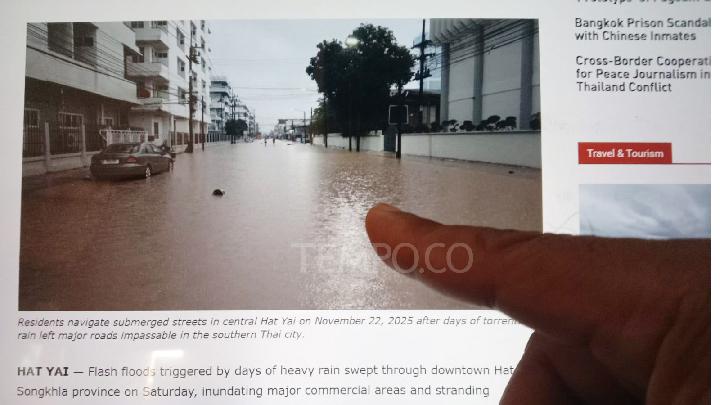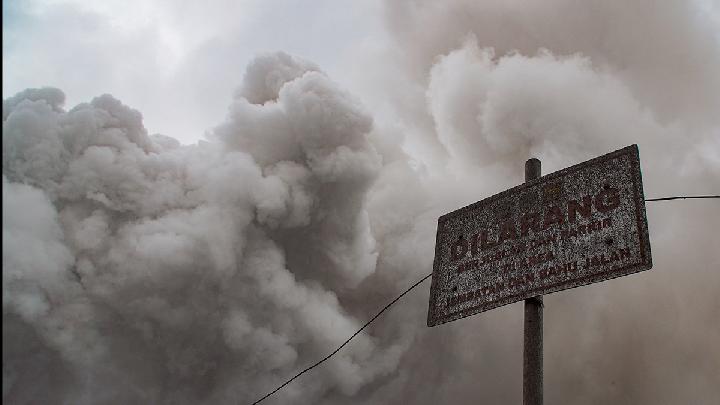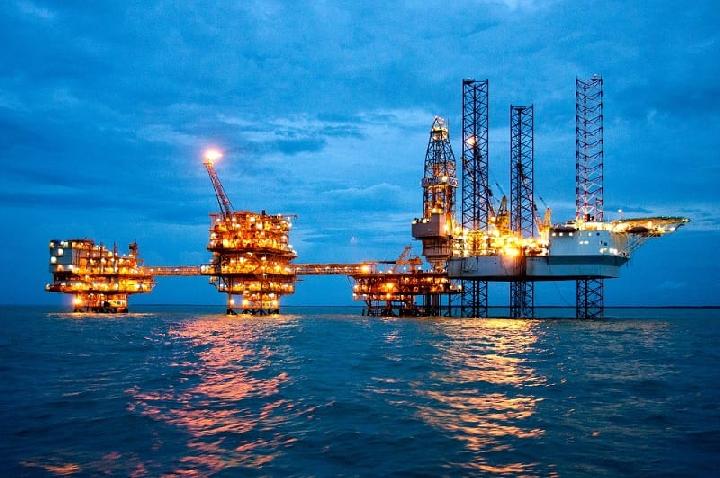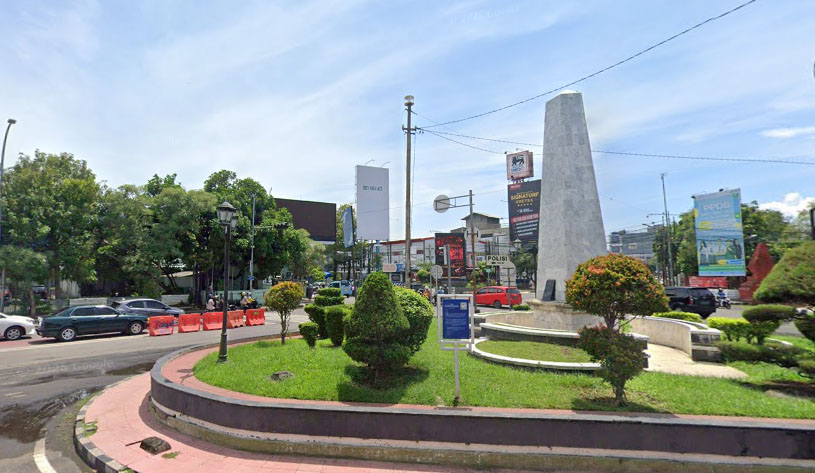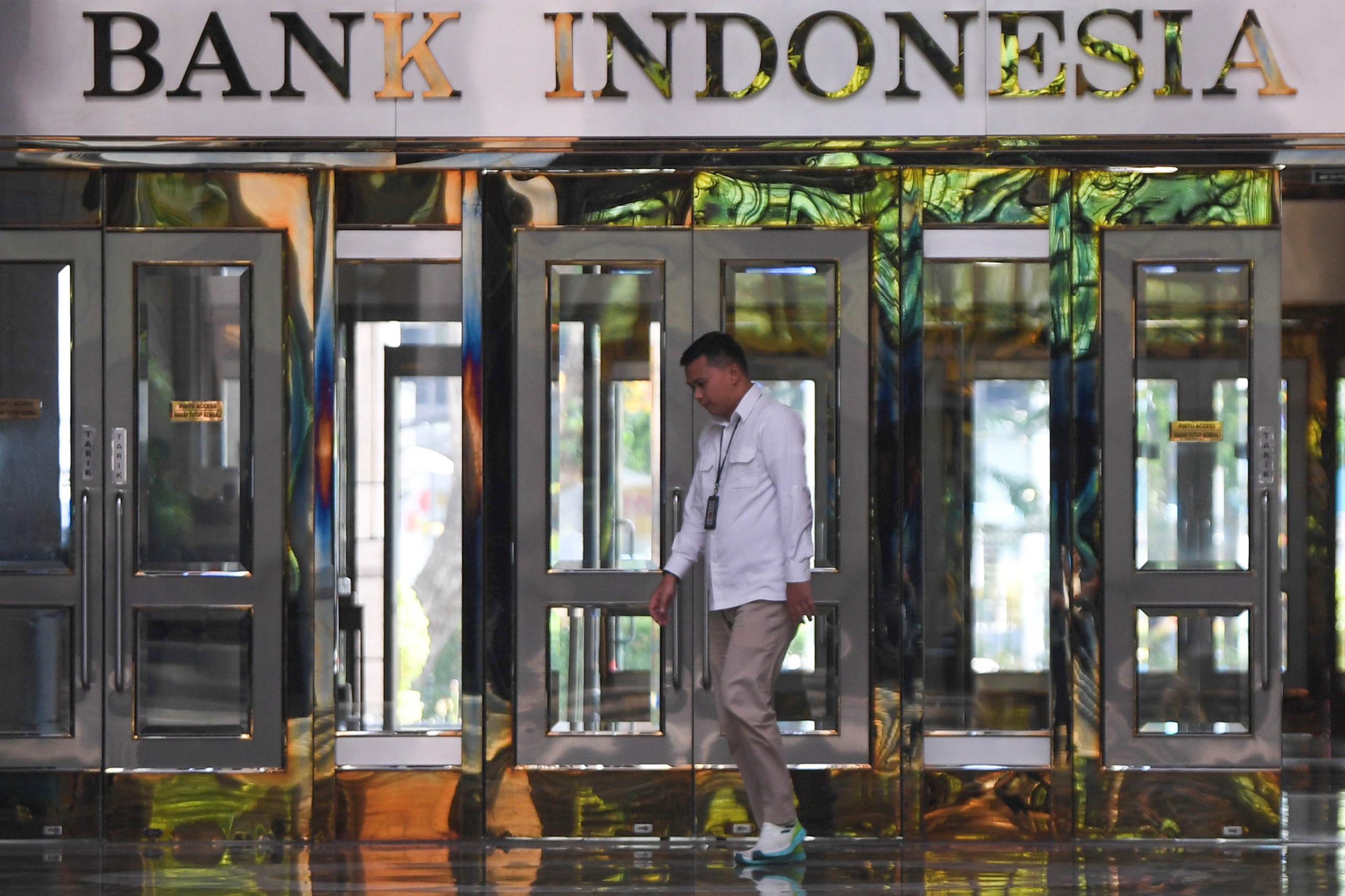TEMPO.CO, Jakarta - The most populous cities in the world exert a powerful influence on global life, shaping social dynamics, economic activity, and political developments.
Driven by long-term urban migration and accelerating population growth, these dense metropolitan hubs continue to expand at remarkable rates.
According to the UN’s World Urbanization Prospects 2025 report, cities now accommodate 45 percent of the global population of 8.2 billion, or an extraordinary leap from 1950. By 2050, two-thirds of global population growth is projected to unfold in urban spaces.
10 Most Populous Cities in the World
Here are the most populous cities in the world based on the latest data published by the UN:
1. Jakarta, Indonesia - 42 millions
Indonesia’s capital, Jakarta, now stands as the most populous city in the world, home to nearly 42 million people.
With a population density surging to 22,000 people per square kilometer, the megacity grapples with severe traffic congestion and deteriorating air quality, much of it fueled by pollution from overloaded transport networks.
Despite relatively low birth rates, accelerated urbanization continues to draw people into the capital, intensifying pressure on already-strained infrastructure.
Jakarta’s challenges extend beyond overcrowding, as climate change compounds its vulnerabilities: land subsidence from unchecked groundwater extraction and increasingly extreme rainfall expose millions to recurrent flooding.
2. Dhaka, Bangladesh - 37 millions
With more than 37 million inhabitants and one of the fastest growth rates in the region, Dhaka stands as Bangladesh’s pulsating economic and cultural centre.
Its rapid annual population growth of 4.2 percent is propelled by a thriving business ecosystem that draws workers into the capital from across Bangladesh.
But this expansion has intensified longstanding challenges, including worsening pollution, severe congestion, and persistent poverty among those in informal and textile-sector employment.
3. Tokyo, Japan - 33 millions
Though overshadowed by Jakarta and Dhaka, Tokyo remains one of the most populous cities in the world this year.
Its population exploded as early as the 1720s, when it became the first Asian city to surpass one million residents, and its rapid expansion continued well into the 20th century as the metropolitan area surged past seven million by the 1940s.
For long enduring years, Tokyo still dominates Japan’s urban hierarchy, with its 23 wards alone dwarfing the size of Yokohama and sustaining one of global's most intense commuter cultures.
4. New Delhi, India - 30 millions
One of India’s most expansive metropolitan regions, Delhi, has undergone a staggering demographic transformation, rising from a population of just 400,000 in 1901 to around 30 million today.
According to the World Population Review, its growth has accelerated sharply in recent decades, with the population nearly doubling from 18.6 million in 2016, placing immense strain on the city’s infrastructure.
The coexistence of Delhi and the enclave of New Delhi often blurs administrative distinctions, but together they form a critical political and economic nexus for the country.
Yet this rapid rise has left the city struggling with daunting challenges, from overburdened housing and transit systems to the constant demand for improved commercial and residential development.
5. Shanghai, China - 30 millions
Shanghai stands as one of the most populous cities in the world, ascending from a modest 4.3 million residents in 1950 to more than 24 million today.
As a powerhouse financial hub at the mouth of the Yangtze River, the city has expanded rapidly, adding more than 614,000 people in the past year alone, or a 2.06 percent annual increase.
Far from reaching its demographic ceiling, Shanghai is projected to exceed 50 million residents by 2050, driven by relentless urbanization and sustained economic growth.
6. Guangzhou, China - 30 millions
Guangzhou, historically known as Canton, is the largest city and capital of China’s Guangdong province, strategically positioned on the Pearl River near Hong Kong.
As one of China’s five National Central Cities, it serves as a vital international hub, attracting a massive “floating population” of up to 30 million migrants annually drawn by the city’s booming economy and labor demand.
This continual influx of migrants has shaped Guangzhou into a melting pot of cultures, fueling both innovation and economic growth.
At the same time, managing such a vast and transient population presents ongoing challenges for infrastructure, housing, and social services.
7. Cairo, Egypt - 26 millions
Cairo, the largest city in Egypt and one of the most populous cities in the world, sits strategically near the Nile Delta, blending millennia of history with modern urban life.
Often hailed as the cradle of civilization, the city has served as a central hub connecting Africa, Asia, and Europe, with a lineage of names reflecting its rich and varied past.
Despite its historical prominence, Cairo faces the pressures typical of third-world megacities, with rapid population growth outpacing infrastructure and public services.
8. Manila, Philippines - 25 millions
Home to Binondo, the world’s oldest Chinatown established in 1594, this second-largest city of the Philippines has long been a hub of commerce and cultural exchange, predating Spanish colonization.
Despite its rich history, Manila’s growth has often outpaced planning, with the city originally designed for just 800,000 residents in 1905, leaving it struggling with overpopulation, pollution, and crime.
This persistent gap between Manila’s historic city planning and the demands of its growing population highlights the city’s intricate challenges as one of Southeast Asia’s most vibrant yet overburdened urban centers.
9. Kolkata, India - 23 millions
As the third most populous city in India, Kolkata is also home to one of the country's operating ports, reflecting its long-standing economic significance.
While the city’s foreign-born population has declined throughout the 20th century, it still hosts a mosaic of communities, including Chinese, Tamils, Nepalis, Gujaratis, and Anglo-Indians, among others.
Despite the historical shifts in Kolkata, the city remains a culturally rich metropolis, where layers of heritage and commerce continue to define its unique identity.
10. Seoul, South Korea - 22 millions
South Korea’s Seoul closes the list of the most populous cities in the world, just 1 million shy away from its precedent.
Once encircled by a 20-foot-high stone wall to protect its citizens, this city has long outgrown these historic fortifications, leaving only remnants near the downtown mountains and standing gates as silent witnesses to its past.
Today, Seoul faces limited space for expansion, compounded by declining population growth due to persistently low birth rates. Even so, waves of migrants seeking employment have intensified housing demand, driving real estate prices to unprecedented heights in recent decades.
Above all, understanding the trends shaping the most populous cities in the world offers crucial insight into global development and demographic shifts. For a broader perspective on population growth, explore our detailed analysis of the most populated countries in the world.
Editor’s Choice: 10 Friendliest Cities in the World
Click here to get the latest news updates from Tempo on Google News





